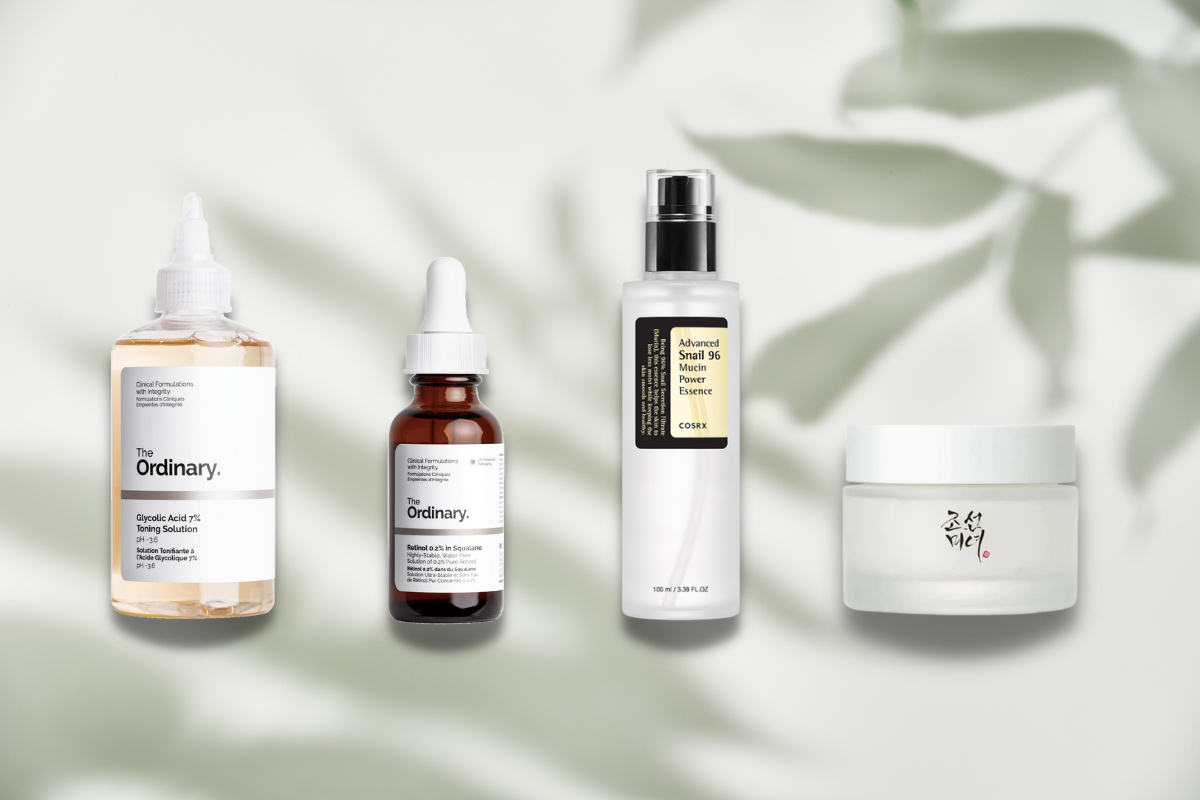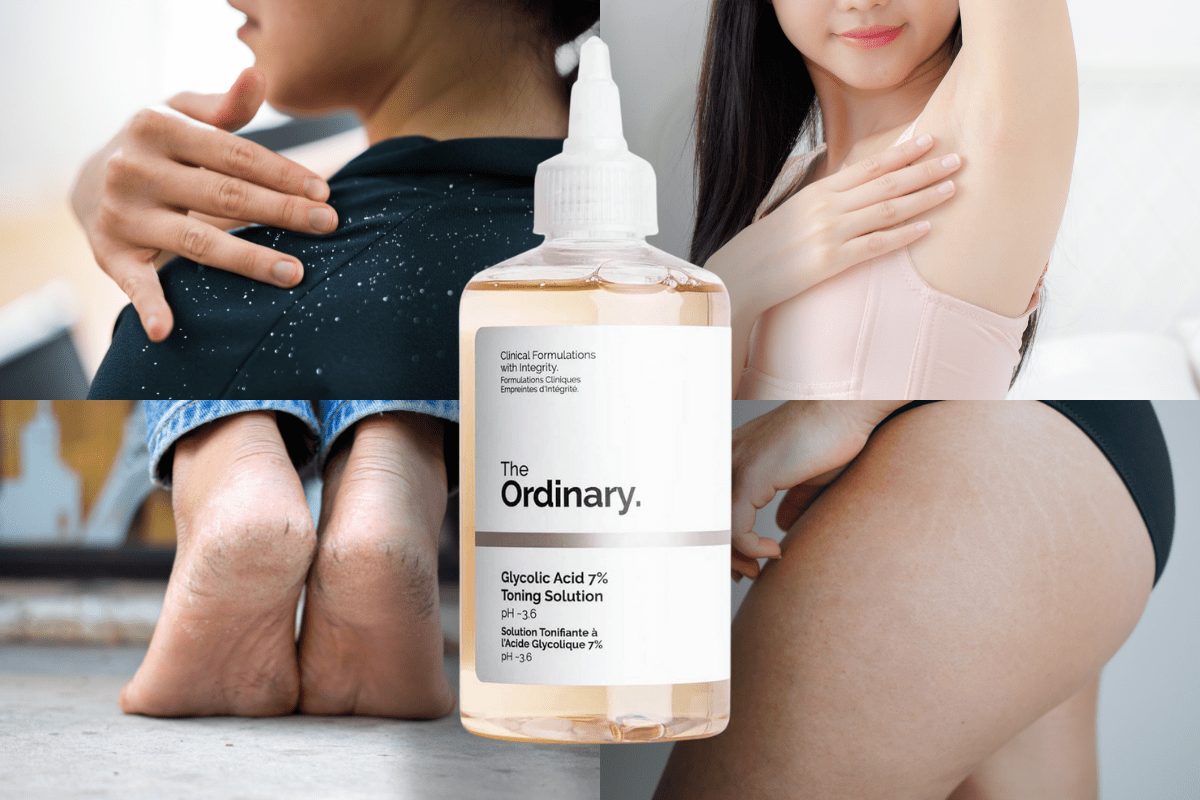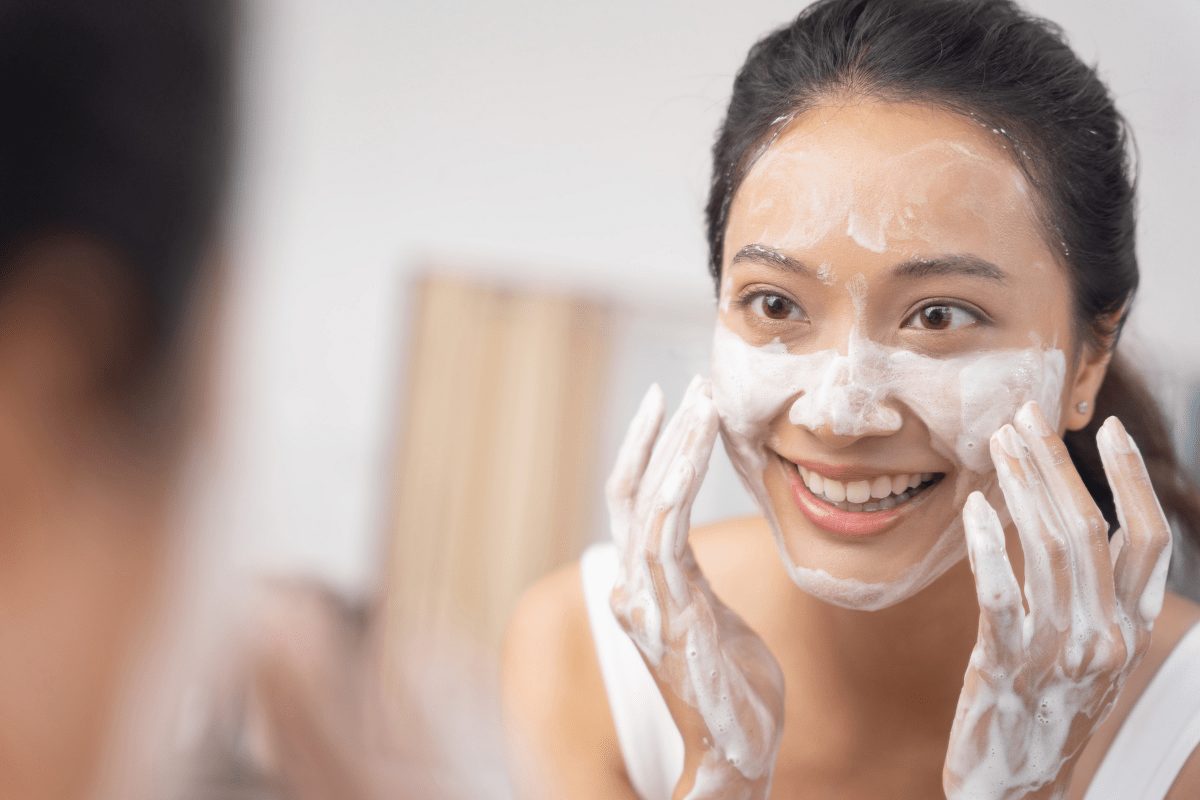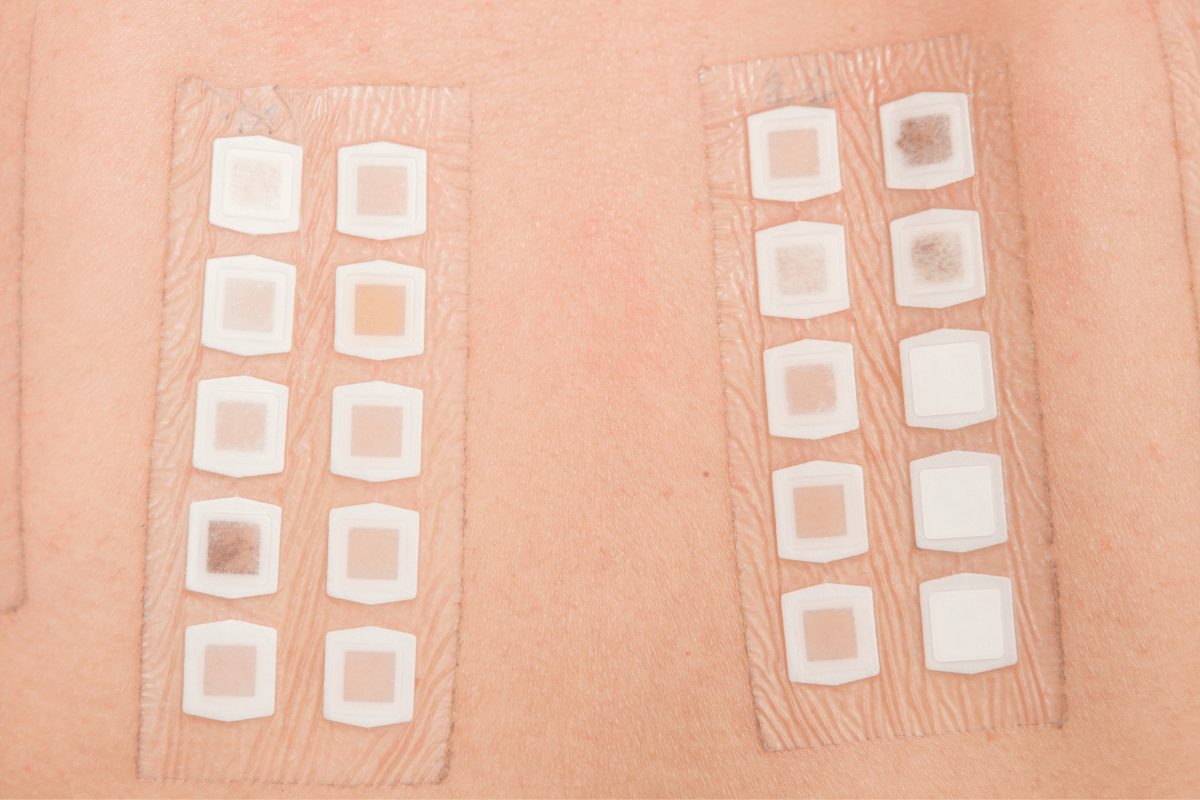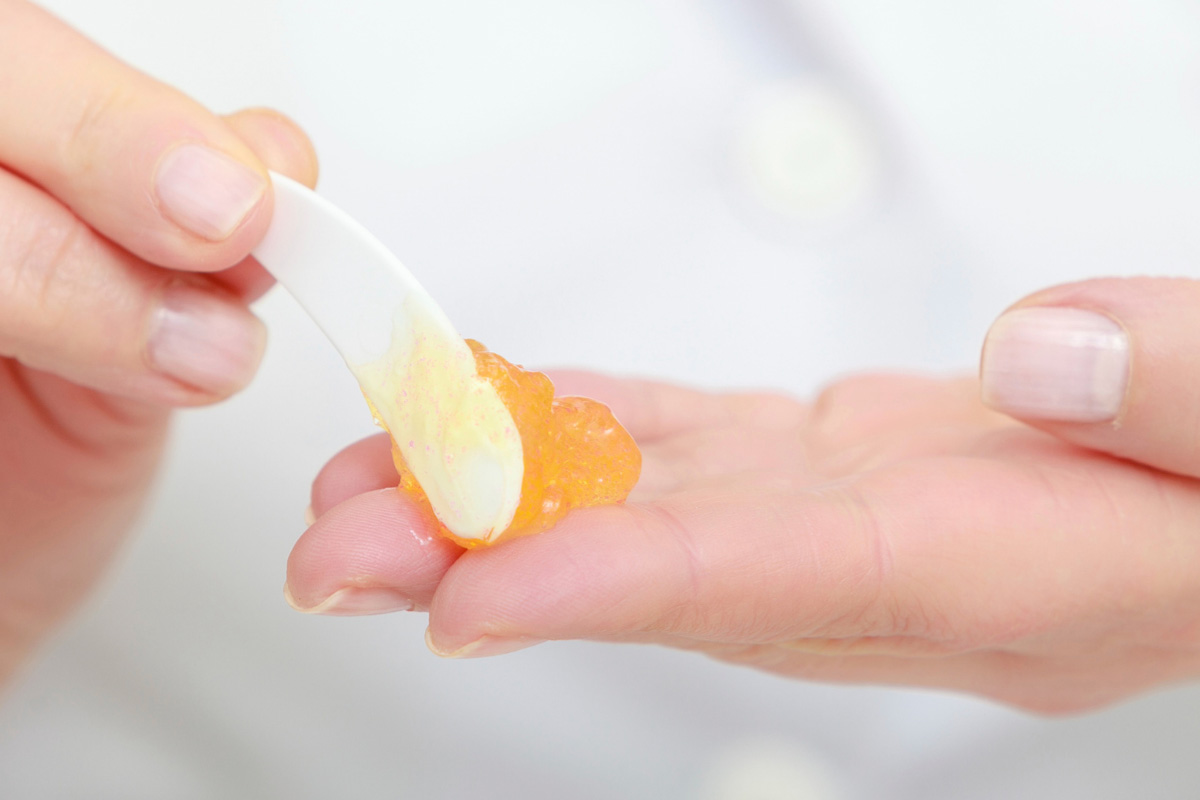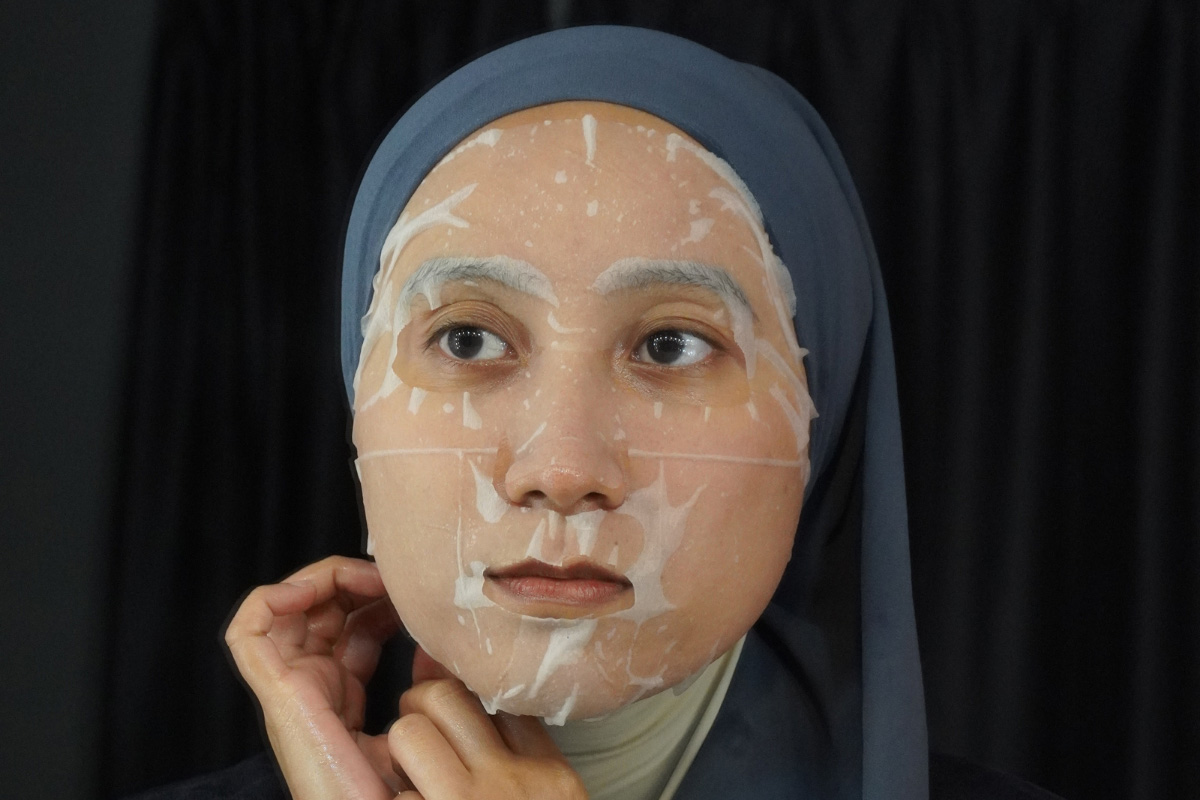No products in the cart.
- February 11, 2022
- How To
- By Aqalili Azizan
Skincare School: How to Apply Facial Moisturiser
In this guide, you can learn about different types of moisturisers and find out the three simple steps on how to apply facial moisturiser and how much moisturiser to use.
Table of Contents
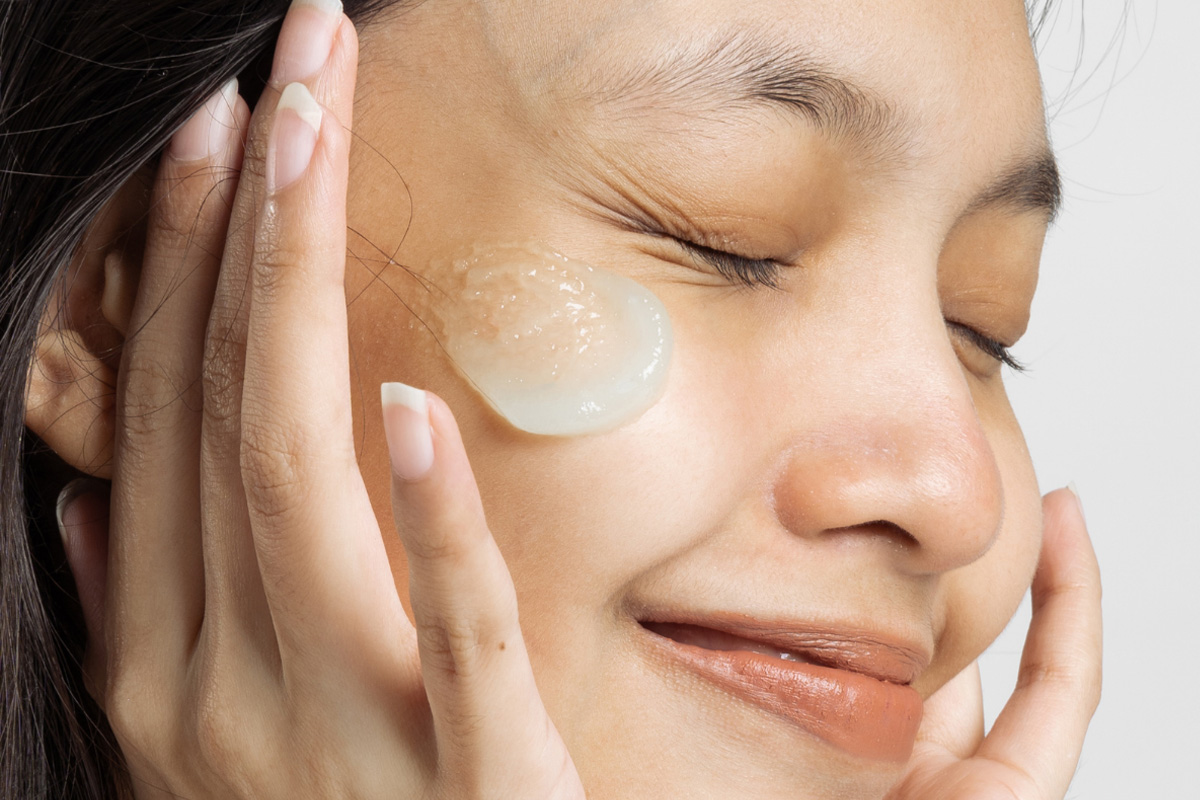
What do we have in the most basic skincare routines? Cleanser and—you got it—moisturiser.
Moisturisers are an essential step but there are so many moisturisers out there, where do you even start?
This guide provides everything you need to know about moisturisers. The different types, how to apply facial moisturiser and some tips and tricks to look out for when choosing your next moisturiser.
What is a Moisturiser?
Moisturisers commonly come in cream or gel form and have 3 main functions:
- Providing the final layer of protection to the skin from environmental stressors and irritation
- “Sealing in” the toner, essences or serums that you applied before the moisturiser
- Providing that final burst of moisturisation and hydration to the skin.
As such, applying moisturiser is typically the last step of any skincare routine.
Your toner, essence and serums should come first, then the moisturiser is applied to “seal everything in”.
This works because moisturisers tend to have larger molecules, and so won’t penetrate the skin as deeply and quickly as serum. But what these larger molecules are great at is sitting on top of your skin, and acting as the first line of defence from any nasties that want to irritate your skin. The larger molecules also provide moisture to the outer layer of the skin, while your toner and serums work on the deeper layers.
When used together, serums and moisturisers work together to provide benefits to every layer of the skin, increasing the effectiveness of your skincare routine.
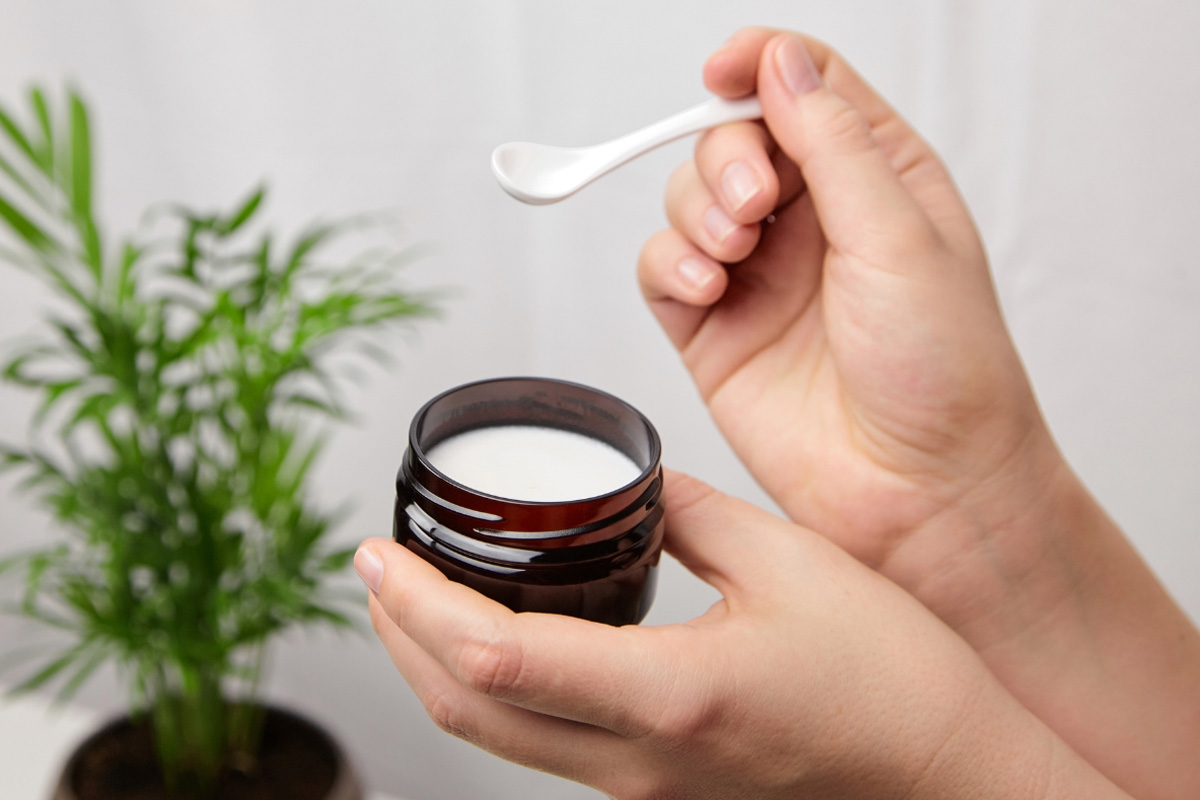
Three Type of Moisturisers You Should Know
There are three main types of moisturisers – water-based (humectants), oil-based (emollients), and occlusive moisturisers. Depending on your skin type and needs, you might need a combination or only one to keep your skin healthy, radiant and plump.
- Humectant Moisturisers
Humectants hydrate the skin by drawing moisture from the air to the outer layers of the skin (epidermis). This provides a boost of hydration to the skin and gives that plump look and bouncy feel.
One of the most popular humectant ingredients is hyaluronic acid (HA) as it can hold nearly 1,000 times its weight in water and penetrate deep into the skin. Other common humectant ingredients include amino acids, glycerin and lactic acid.
Humectant moisturisers are an ideal pick for dry skin types and are loveable for tropical climates because they are light and doesn’t feel heavy on the skin. Since there is a lot of humidity in the air, there is plenty of moisture around for humectants to pull from into the upper layer of your skin.
- Emollient Moisturisers
Emollients soften and repair the skin by restoring the skin’s natural skin barrier. The skin barrier is a complex combination of skin cells and fatty lipids that regulates both water evaporation from leaving the skin and harmful environmental bacteria and irritants from entering the skin. Think of the skin barrier as your skin’s natural bouncer – it decides what can go in and go out of the deeper layers of your skin.
Skin barriers can become damaged due to various reasons. Emollients contain ingredients that replenish and fix the skin barrier. They come in the form of creams, gels, lotions and ointments designed to rebuild the lost lipids in your skin. Emollients are oil-based moisturisers, and common ingredients include cocoa butter, shea butter, ceramides or cholesterol.
This emollient moisturiser is an ideal pick for dry skin. If you have extra dry skin or inflamed skin, the emollient moisturisers work to hydrate dehydrated complexions and repair a damaged skin barrier.
- Occlusive Moisturisers
Occlusive moisturisers prevent skin moisture loss by putting a physical barrier on top of the skin’s surface. Think of occlusives like putting a lid on top of a glass of water. The water cannot be evaporated into the air because of the lid.
Occlusives usually have a thick texture like Weleda Skin Food. Common occlusives are avocado oil, silicone, lanolin, or beeswax. Another very common occlusive you may have heard of is petroleum jelly a.k.a. Vaseline.
This occlusive moisturiser is an ideal pick for dry skin with severe conditions like eczema.
Note that most moisturisers contain a blend of humectant, emollient and occlusive ingredients to provide all 3 main benefits. So, depending on your skin type and goals, it’s best to look for a moisturiser that contains a higher concentration of the type of ingredient your skin needs more. For example, dry skin types should look for moisturisers that have a higher level of occlusive ingredients, whereas sensitive skin might look for higher concentrations of emollients.
How to Use Face Moisturiser
Now you know the different types of moisturisers. Let’s show you clearly how much moisturiser to use and how to use face moisturiser in the best way possible!
Step 1: Cleanse
Wash your face with lukewarm water to prepare the skin. Gently work on your choices of face cleansers and rinse them off thoroughly with lukewarm water. Leave it damp for the next step, but if you’re not comfortable, gently pat a bit of excess using a clean towel. But, don’t completely dry your skin!
Step 2: Layer it with serum
Since we know that serum and moisturiser are best buddies, pick a serum based on skin concerns you would like to solve. Then, you are encouraged to use two pumps or a pea-sized amount (standard application) of the face serum. If they provide a dropper, three to four drops should be enough for your whole face.
Check out ‘How to Apply Face Serums’ here to know more details.
Step 3: Apply facial moisturiser
When you pair it with serum, moisturisers act as a sealer. So, if you’re doing this at night, your last stop will be here and always apply sunscreen in the morning. It would be best if you used your moisturiser twice a day – once in the morning, and once at night.
Most moisturisers products are packaged in tubes and jars. Usually, we’re used to sticking our fingers into it repeatedly. Well, let’s change that mindset to something more hygienic.
If the moisturisers come with one of those little spoons, use it to scoop out the products and put it on your hand to avoid the potential for the spread of bacteria.
So, scoop—squish—pump a pea or cashew-sized amount of moisturiser with your clean hand. There are two ways that you can try to apply the facial moisturiser.
- Patting method: Once you have your moisturiser in your palm, clasp your palms and rub them together to warm up the moisturiser. Apply your cream by patting your palms gently on your face in an upwards motion. Start with the dryest part of your face, which is usually the cheeks. Then, the rest of your face, under the jawline and onto the décolletage.
@dermatology.doctor Applying moisturiser correctly! #dermatologist #derma #doctor #skincareroutine #skincare #antiaging #spf #fyp #skin #learnontiktok #winterskin #viral ♬ Aesthetic – Xilo
- Dabbing method: If you feel that rubbing motion takes a lot of your precious product into your hands. Use this dabbing method by pumping the product at the back of your hand, then taking your ring finger and dabbing it all over your face. Then, gently massage in an upward motion.
I Have Oily Skin. Do I Need to Moisturise?
Does oily skin need to moisturise? Absolutely, YES!
People often mistake oily skin for hydrated skin. Here’s a shocker – oily skin can still be dehydrated!
Why?
Our skin needs a balance of water and oil to be healthy.
Skin that lacks oil is called dry skin. But skin that lacks water is dehydrated. Dry skin is a skin type, while dehydrated skin is a skin condition/problem. This means that any skin type can have dehydrated skin.
Oily skin can often be dehydrated. In fact, oily skin can occur because your skin is producing additional oil to make up for the lack of water.
If you have oily skin, consider moisturisers that have a higher level of humectant ingredients and a lower level of occlusives. The humectants provide an additional burst of hydration. Occlusives can trap oil on the skin leaving it feeling even greasier and can clog pores.
Therefore, oily skin types should opt for humectant-based moisturisers, as they tend to be water-based and feel lighter, exactly what oily skin needs. Look out for ingredients such as hyaluronic acid and glycerin, and a water-based formulation.


